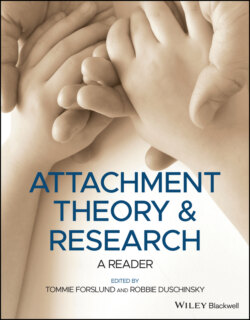Читать книгу Attachment Theory and Research - Группа авторов - Страница 22
2 Anxiety, Stress, and Homeostasis
ОглавлениеJohn Bowlby
From the John Bowlby Archive, Wellcome Collections London, PP/Bow/H10
This paper was transcribed by Tommie Forslund and Robbie Duschinsky from John Bowlby’s notes. Some of the text had already been written on a typewriter by Bowlby, but most was in the form of handwritten notes, with additions, deletions, rewordings, and various footnotes suggesting rounds of reworking the text.
The thesis of this essay is that, in order to understand the conditions that elicit anxiety and fear, it is necessary first to consider basic biological principles. The principles concern (a) the nature of the states held relatively steady by a living organism (categories of homeostasis), and (b) the nature of the stable pathways along which development usually proceeds (categories of homeorhesis). Anxiety and fear are experienced, it is suggested, when some form of instability is appraised as being present or imminent and, especially, when instability is appraised as increasing and difficult to correct, or when risk of instability is appraised as increasing and difficult to reduce.
These appraisal processes, like any others, may or may not reach a phase of being felt. Because traditionally the words ‘anxiety’ and ‘fear’ refer to something felt, it is thought wisest to restrict their use to occasions when appraisal processes actually reach the phase of being felt. The term ‘unconscious anxiety’, though somewhat contradictory, is of course in common use. If used, it would apply to those same appraisal processes when they are in a phase of not being felt.
